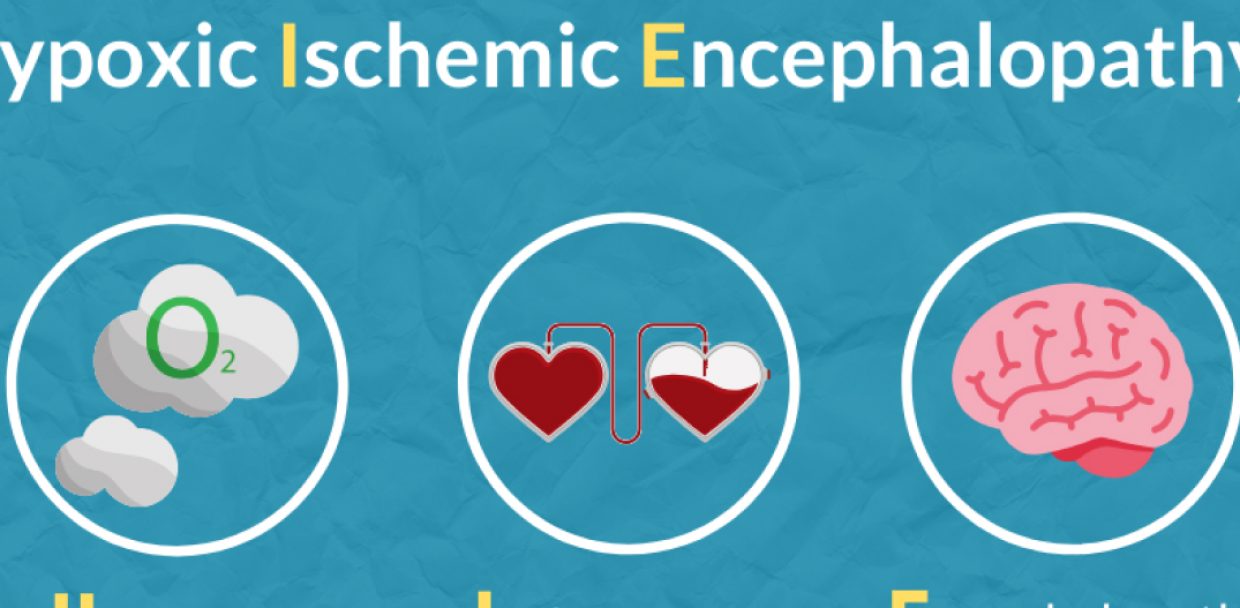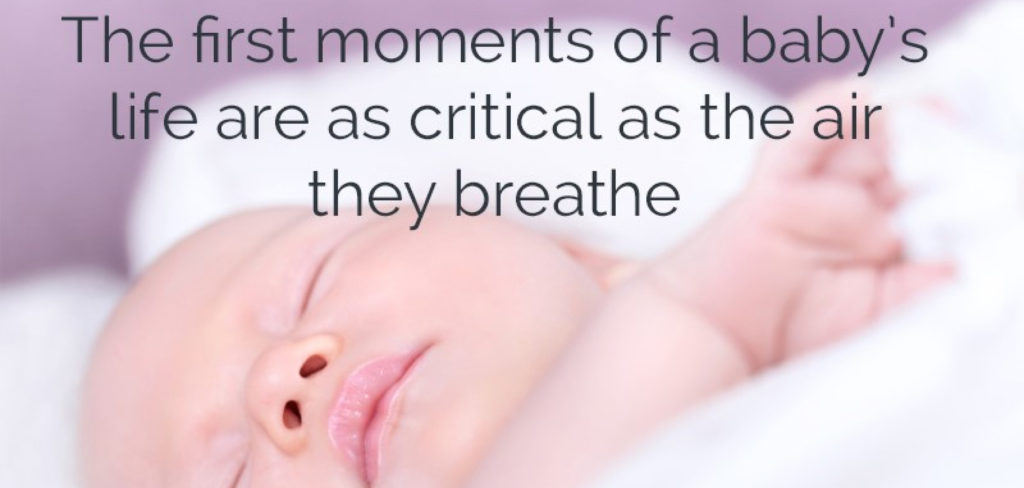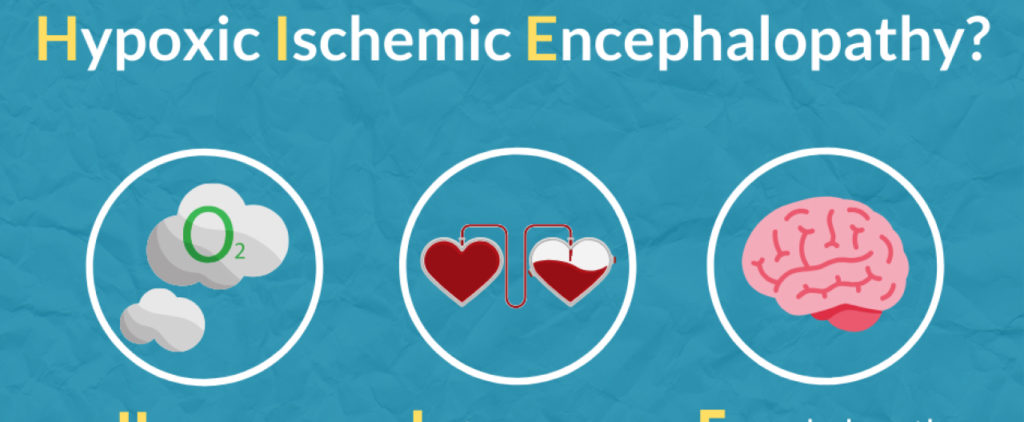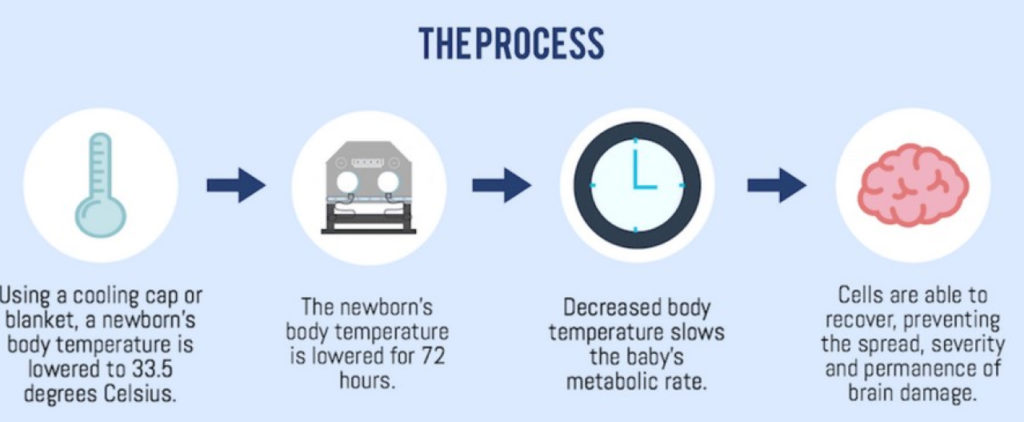HIE: What, When and How of this overlooked brain injury.

Hypoxic Ischemic Encephalopathy (HIE), also known as perinatal asphyxia, is an infant brain injury that results from lack of oxygen delivered to the brain or lack of blood flow to the brain. HIE is known to be the root cause for a few cerebral palsy cases and other physical and mental developmental disorders in infants. Many factors contribute to this condition, including complications arising from pregnancy itself. Substance abuse, maternal vascular diseases, pre-eclampsia, umbilical cord prolapse, internal bleeding from placenta, extremely low foetal heart rate, infections, birth trauma are few factors related to the mother and the foetus that can result in HIE.
Treatment of HIE should be initiated within 6 hours, referred to as the Golden Period, to avoid severe health effects. Therapeutic Hypothermia is one such treatment. It reduces the body temperature of the baby, to decelerate the death of neurons, thereby arresting further brain damage.
The treatment is achieved by either cooling the whole body or just the head, although the former has shown better results. The TOBY trial suggested that the baby’s body temperature be brought down and maintained at 33.5 degrees over a period of 72 hours, followed by a gradual rewarming till 37 degrees over 8-10 hours. The protocol is largely accepted and followed all over world.
Assisted ventilation, seizure-control medications and control of blood pressure and cardiac function are also part of the treatment. Continuous monitoring of the patient through APGAR/Sarnat scoring and CFM/Brain monitoring is also suggested to assess the progress of the treatment.
Yet, this protocol cannot be followed to the T in low resource settings like India. Poor antenatal care, late presentations and unskilled staff can contribute to the increased mortality of babies with Perinatal Asphyxia.
To read more on this, click




